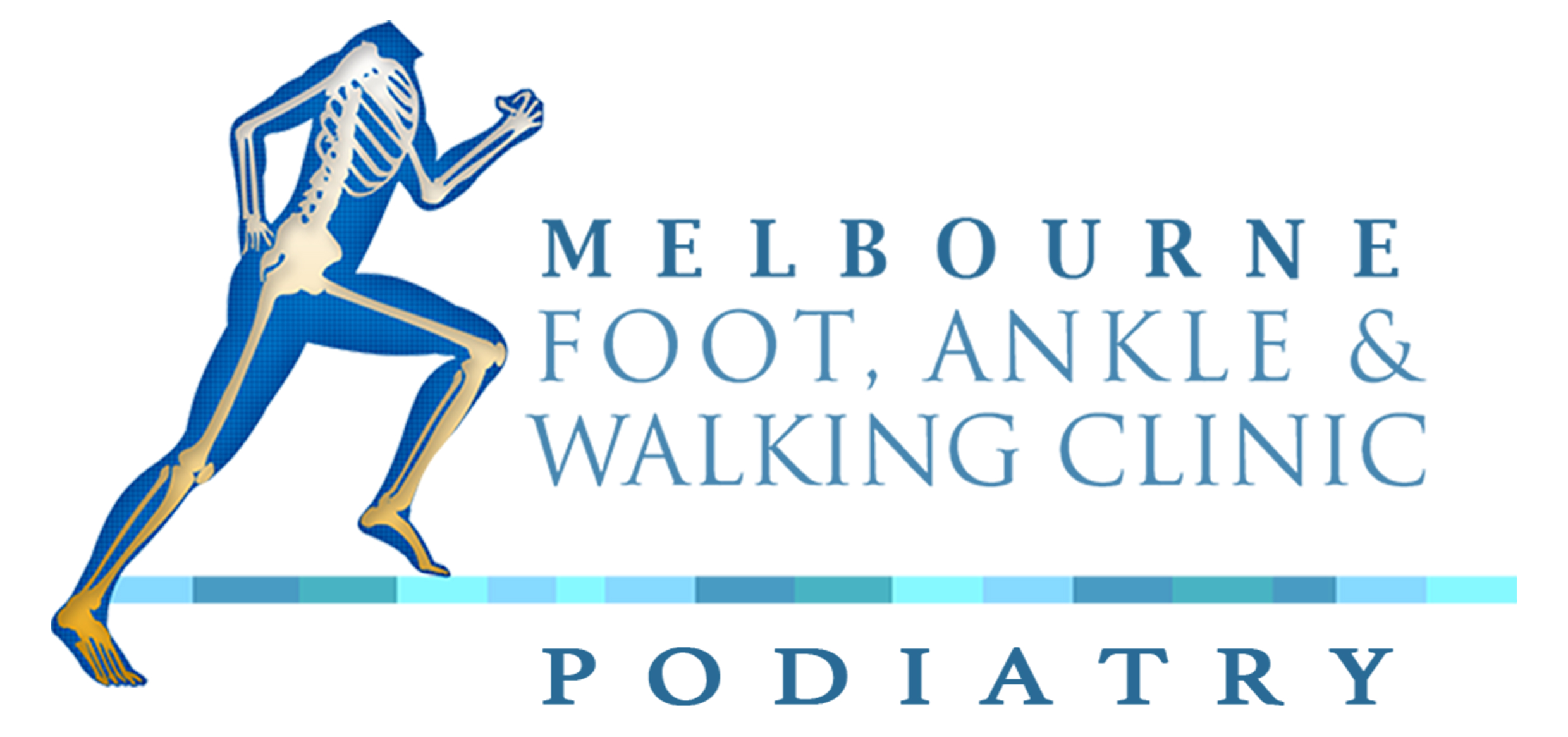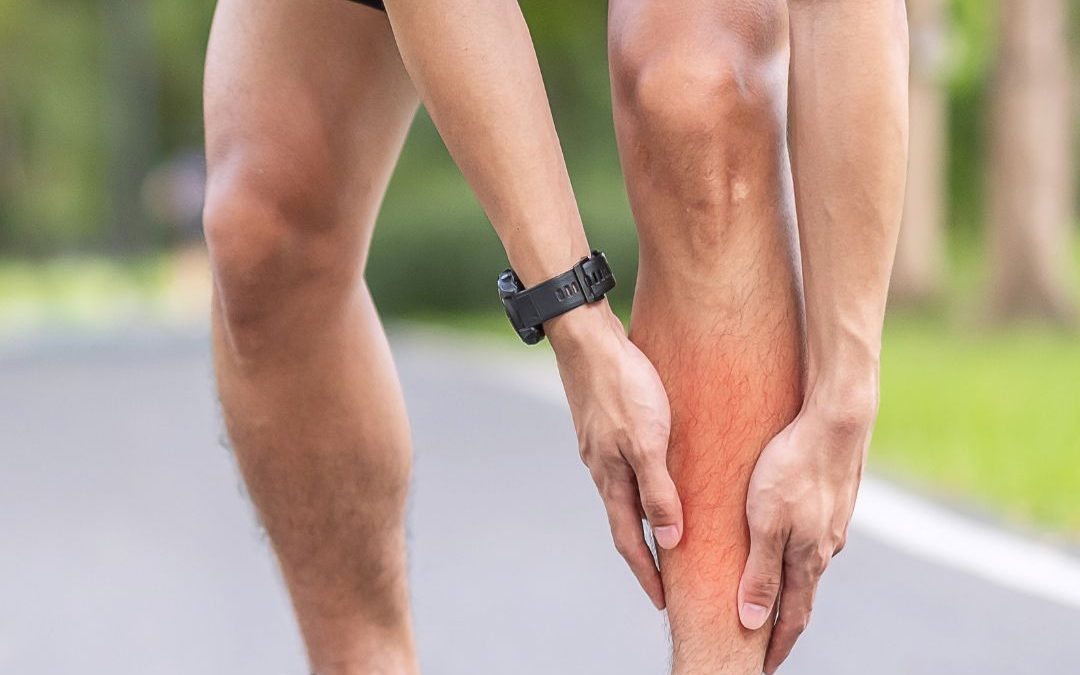Understanding Shin Splints Blackburn: Causes, Symptoms, and Treatment
Shin splints are frequently experienced by many people in Blackburn, particularly those involved in regular physical activities like running, dancing, or playing sports. This condition, known medically as medial tibial stress syndrome, involves pain along the shin bone (tibia), often resulting from repetitive stress and overuse. Those with shin splints in Blackburn may notice a dull ache in the front part of the lower leg, which can worsen with continued activity.
Athletes in Blackburn, particularly runners, are frequently affected by shin splints due to the high-impact nature of their sports. The condition can also affect those who suddenly increase their activity level or change their workout routine without proper preparation. Running on hard surfaces or wearing improper footwear are additional factors contributing to the development of shin splints in Blackburn.
If you are experiencing shin splints in Blackburn, it’s crucial to understand the causes, symptoms, and effective treatments available to get back on your feet quickly. Early recognition and intervention can prevent the condition from worsening and reduce the risk of more serious injuries. In Blackburn, healthcare providers often recommend a combination of rest, ice, compression, and elevation (RICE) to alleviate pain and swelling associated with shin splints. Additionally, incorporating strength training and flexibility exercises can help address muscle imbalances and improve overall lower leg strength, which is vital for preventing shin splints from recurring. Proper footwear and the use of orthotics are also important in managing shin splints in Blackburn, as they provide the necessary support and cushioning to reduce stress on the shinbone during physical activity. By taking these steps and seeking professional advice, those suffering from shin splints in Blackburn can effectively manage their symptoms and return to their favorite activities pain-free.
Common Causes of Shin Splints in Blackburn
Shin splints in Blackburn are often caused by activities that place repetitive stress on the shinbone and connective tissues. Several factors contribute to the development of shin splints, including:
Overuse: Repeated stress from activities like running, jumping, or participating in high-impact sports is a leading cause of shin splints in Blackburn. This is especially common among athletes who increase the intensity or duration of their workouts too quickly without proper conditioning.
Improper Footwear: Wearing worn-out or inappropriate footwear can also lead to shin splints in Blackburn. Shoes that lack proper support or cushioning can increase the strain on your lower legs, contributing to the development of shin splints.
Flat Feet or High Arches: Individuals with flat feet or high arches are at a higher risk of experiencing shin splints in Blackburn due to the altered way their feet hit the ground, which can increase stress on the shinbone.
Hard Surfaces: Running or exercising on hard surfaces, such as concrete or asphalt, can exacerbate the impact on your legs, leading to shin splints in Blackburn. Switching to softer surfaces like grass or a track can help reduce this risk.
Improper Training Techniques: Poor training techniques, such as inadequate warm-ups or lack of stretching, can contribute to shin splints. Blackburn residents should ensure they follow proper exercise protocols to minimize the risk of injury.
Symptoms of Shin Splints in Blackburn
Recognising the symptoms of shin splints is essential for early intervention and effective treatment. Common symptoms of shin splints in Blackburn include:
Sharp or Dull Pain: Pain along the inner side of the shinbone, which can range from a dull ache to a sharp, throbbing sensation, is a common symptom of shin splints in Blackburn.
Tenderness or Soreness: The affected area may feel tender or sore to the touch, particularly after exercise or physical activity.
Swelling: Mild swelling in the lower leg can occur in some cases of shin splints in Blackburn, indicating inflammation of the tissues around the shinbone.
Pain During Activity: Shin splint pain typically worsens during or after physical activity and may improve with rest. However, without proper treatment, the pain can persist or worsen over time.
Diagnosis and Treatment of Shin Splints in Blackburn
If you are suffering from shin splints in Blackburn, it is important to seek a proper diagnosis to develop an effective treatment plan. Here are some common steps to diagnose and treat shin splints:
Physical Examination: A healthcare professional in Blackburn will perform a physical examination, assessing your symptoms and reviewing your activity history to diagnose shin splints accurately.
Imaging Tests: In some cases, imaging tests like X-rays or MRI may be required to rule out other conditions, such as stress fractures or compartment syndrome, which can mimic the symptoms of shin splints in Blackburn.
Rest and Ice: The first line of treatment for shin splints in Blackburn usually involves resting the affected leg and applying ice to reduce pain and swelling. Avoiding high-impact activities is crucial during the recovery period.
Footwear and Orthotics: Switching to appropriate footwear with proper support and cushioning is essential for treating shin splints in Blackburn. In some cases, custom orthotics may be recommended to correct foot mechanics and reduce strain on the shins.
Physical Therapy: Physical therapy exercises focusing on stretching and strengthening the lower leg muscles can help alleviate shin splints in Blackburn and prevent recurrence.
Gradual Return to Activity: Once the pain has subsided, it’s important to return to activity gradually to avoid re-injury. Blackburn residents should increase their workout intensity and duration slowly while paying attention to proper form and technique.
Preventing Shin Splints in Blackburn
Preventing shin splints in Blackburn involves a combination of proper training techniques, appropriate footwear, and gradual progression in physical activities. Here are some tips to help prevent shin splints:
Wear the Right Shoes: Always wear shoes that fit well and provide adequate support for your activity. Replace worn-out shoes regularly to ensure optimal cushioning and support.
Warm Up Properly: Always begin your workout with a proper warm-up to prepare your muscles and joints for the demands of exercise.
Gradual Progression: Increase the intensity and duration of your workouts gradually to avoid overloading your shins and other muscles.
Incorporate Strength Training: Strengthening the muscles of your lower legs and core can help improve your overall stability and reduce the risk of shin splints.
Shin splints are a common issue for many people in Blackburn, but understanding the causes, symptoms, and treatments can help you manage and prevent them. By taking the necessary precautions and seeking professional help when needed, you can effectively treat shin splints and continue to enjoy your active lifestyle in Blackburn. If you’re experiencing shin splints in Blackburn, don’t hesitate to consult with a podiatrist, to get the relief you need and get back to doing what you love.

